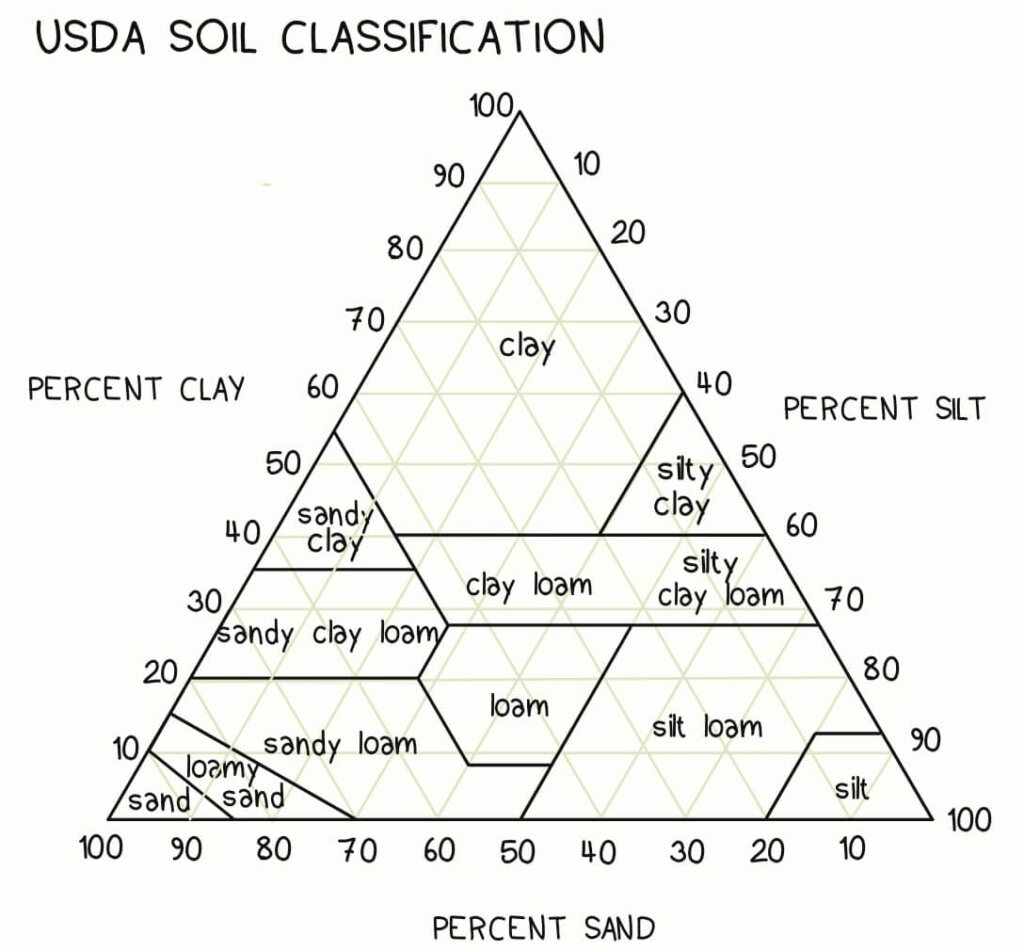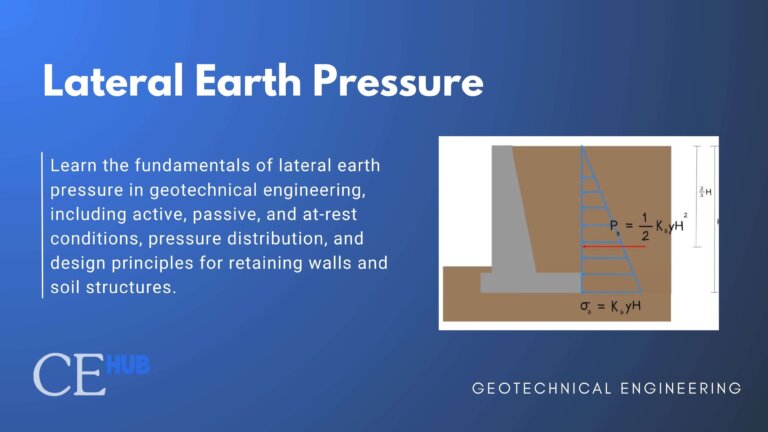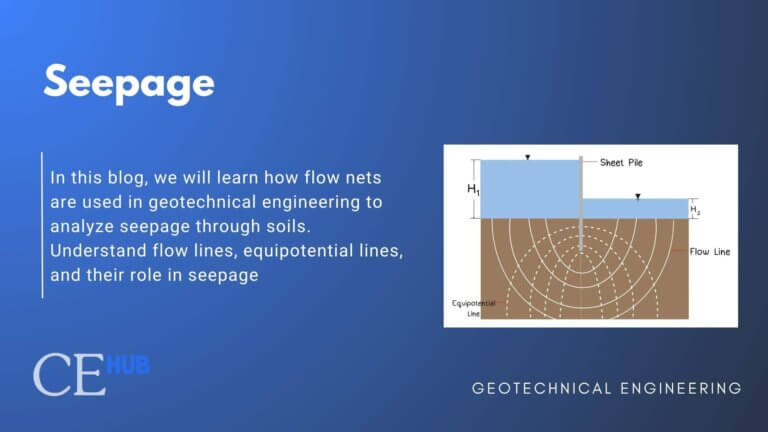Soil Classification in Geotechnical Engineering
What is Soil Classification in Geotechnical Engineering?
Soil classification is the systematic categorization of soils based on their engineering behavior and physical properties, forming the foundation of all geotechnical engineering design.
This process enables engineers to predict soil behavior, estimate engineering parameters, and make informed decisions for construction projects ranging from building foundations to highway pavements.
Classification of soil is done to organize soils into different groups based on their engineering properties, which directly influence construction performance and design requirements.
The classification system transforms complex soil compositions into standardized categories that communicate essential engineering characteristics across the global engineering community. Understanding these systems is crucial for any engineering student entering the field of geotechnical engineering.
Why is Soil Classification Important in Engineering?
Soil classification serves multiple critical functions in geotechnical engineering:
Engineering Property Estimation: Classification provides preliminary estimates of strength, permeability, compressibility, and other crucial parameters needed for design calculations. Engineers can quickly assess whether a soil will provide adequate bearing capacity or require special treatment.
Communication Standard: Standardized classification creates a universal language among engineers, allowing clear communication about soil conditions across different projects and geographical locations.
Design Decision Framework: Classification guides initial design approaches, helping engineers select appropriate foundation types, earthwork specifications, and construction methodologies before detailed testing begins.
Risk Assessment: Understanding soil classification helps identify potential engineering challenges early in project development, enabling proactive risk management strategies.
What are the Main Soil Classification Systems?
Classification of soil can be accomplished through several methodologies, each serving specific engineering purposes and applications. The primary classification systems used in geotechnical engineering practice include:
1. The Unified Soil Classification System (USCS)
The USCS represents the most widely adopted classification system in geotechnical engineering, originally developed for military airfield construction and later standardized as ASTM D2487. This system classifies soils based on engineering behavior characteristics.
Coarse-Grained Soils (more than 50% retained on No. 200 sieve):
- Gravels (G): Particles larger than 4.75mm predominate
- GW: Well-graded gravels with good gradation
- GP: Poorly-graded gravels with uniform size distribution
- GM: Silty gravels with significant fines content
- GC: Clayey gravels with plastic fines
- Sands (S): Particles between 4.75mm and 0.075mm predominate
- SW: Well-graded sands with excellent size distribution
- SP: Poorly-graded sands with gap-graded or uniform characteristics
- SM: Silty sands with low-plasticity fines
- SC: Clayey sands with plastic fines
Fine-Grained Soils (50% or more passes No. 200 sieve):
- Silts and Clays with Low Plasticity (LL < 50):
- ML: Inorganic silts with low compressibility
- CL: Inorganic clays with low to medium plasticity
- OL: Organic silts and clays with low plasticity
- Silts and Clays with High Plasticity (LL ≥ 50):
- MH: Inorganic silts with high compressibility
- CH: Inorganic clays with high plasticity
- OH: Organic clays with medium to high plasticity
Highly Organic Soils:
- Pt: Peat and other highly organic soils
2. The AASHTO Classification System
The American Association of State Highway and Transportation Officials (AASHTO) system, standardized as ASTM D3282, focuses specifically on soil behavior in highway and pavement applications. This system prioritizes engineering performance characteristics relevant to transportation infrastructure.
Granular Materials (≤35% passing No. 200 sieve):
- A-1: High-quality granular materials
- A-1-a: Well-graded stone fragments and sand
- A-1-b: Predominantly sand with some gravel
- A-2: Granular materials with significant fines
- A-2-4 through A-2-7: Various combinations with different plasticity characteristics
- A-3: Fine sand with little to no plastic fines
Silt-Clay Materials (>35% passing No. 200 sieve):
- A-4: Silty soils with low plasticity
- A-5: Silty soils with moderate plasticity
- A-6: Clayey soils with low to moderate plasticity
- A-7: Clayey soils with high plasticity
- A-7-5: High plasticity with moderate liquid limit
- A-7-6: High plasticity with high liquid limit
Each group includes a Group Index calculation that provides numerical ranking of soil quality for pavement applications.
Particle Size Classification Method
In this fundamental classification method, soil is classified based on particle size composition, which directly influences engineering behavior. This approach forms the backbone of both USCS and AASHTO systems by establishing basic soil categories according to grain size distribution.
The particle size classification provides immediate insight into drainage characteristics, strength potential, and construction behavior. Coarse-grained soils exhibit different engineering properties compared to fine-grained materials, making size-based classification essential for preliminary engineering assessment.
USDA Soil Classification
The textural classification method classifies soil based on the relative percentage of clay, silt, and sand components, which is read from standardized textural charts. This method proves particularly suitable for describing coarse-grained soils rather than clay soils, whose properties depend less on particle size distribution alone.
USDA Application: To utilize this classification system effectively:

- Determine the percentage of sand, silt, and clay components in the soil sample
- Draw lines parallel to the sides of an equilateral triangle representing these percentages
- Locate the common point of intersection of these lines
- Identify the specific soil type based on which region of the textural chart contains this intersection point
This triangular chart system enables rapid soil identification and provides valuable information about expected engineering behavior based on textural composition. The method offers particular advantages when dealing with natural soils where particle size distribution significantly influences engineering performance.

Geotechnical Engineering Cheat Sheet
Master the principles of soil mechanics with this comprehensive cheat sheet. Perfect for students and professionals!
How Do You Perform Soil Classification Tests?
Grain Size Distribution Analysis
Sieve Analysis determines particle size distribution for coarse-grained soils:
- Dry soil sample preparation and weighing
- Sieving through standardized mesh sizes (from 3″ to No. 200)
- Weight retention calculation on each sieve
- Gradation curve plotting on semi-logarithmic paper
- Coefficient calculations (Cu, Cc) for gradation assessment
Hydrometer Analysis measures fine particle distribution:
- Soil suspension preparation with dispersing agent
- Hydrometer readings at specified time intervals
- Temperature and meniscus corrections
- Particle size calculations using Stokes’ Law
- Combined gradation curve with sieve analysis results
Atterberg Limits Testing
Liquid Limit (LL) determination using Casagrande apparatus:
- Soil paste preparation at various moisture contents
- Groove cutting with standardized tool
- Cup dropping until groove closure occurs
- Moisture content determination for 25-blow closure
- Multi-point testing and graphical interpolation
Plastic Limit (PL) testing procedure:
- Soil rolling into 3mm diameter threads
- Repeated rolling until cracking begins
- Moisture content determination at cracking point
- Average calculation from multiple determinations
Plasticity Index (PI) calculation: PI = LL – PL
Classification Procedure Implementation
USCS Classification Steps:
- Determine percentage passing No. 200 sieve
- Identify coarse-grained (≤50% fines) or fine-grained (>50% fines)
- For coarse-grained: assess gradation coefficients and fines plasticity
- For fine-grained: plot on plasticity chart using LL and PI values
- Apply dual symbols for borderline cases
- Assign group name based on predominant characteristics
AASHTO Classification Process:
- Calculate percentage passing each sieve size
- Determine Atterberg limits for fine fraction
- Apply classification criteria systematically from A-1 through A-7
- Calculate Group Index for final classification refinement
References
ASTM International. (2017). ASTM D2487-17: Standard practice for classification of soils for engineering purposes (Unified Soil Classification System). ASTM International.
U.S. Department of Agriculture, Natural Resources Conservation Service. (2023). Soil texture calculator. NRCS Education and Teaching Materials.
Das, B. M. (2019). Principles of geotechnical engineering (9th ed.). Cengage Learning.
Holtz, R. D., Kovacs, W. D., & Sheahan, T. C. (2010). An introduction to geotechnical engineering (2nd ed.). Pearson.







